All images from Steven Raichlen’s Project Smoke (Workman Publishing, 2016).
- Smoke results when you burn wood, but not all wood smokes or tastes the same. Hardwoods (from deciduous trees like hickory and apple—which shed their leaves once a year) produce the best-tasting smoke.
- Moisture is an essential component of successful smoking. A 600-pound load of meat puts out roughly 200 pounds of water. To keep the smoking environment moist, try using soaked wood chips, placing a bowl of water in the smoke chamber, spraying the food with apple cider or wine, or mopping the food with a mop sauce.
- Want to introduce smoke flavor without using a smoker? Add one of the following ingredients to your dish: bacon, chipotle chiles, Virginia ham, liquid smoke, mezcal, pimentón (smoked paprika from Spain), Scotch whiskey, smoked cheese, or lapsang souchon (smoked black tea from the Wuyi region in Fujian, China, that imparts a distinctive smoke flavor to brines and marinades).
- You can smoke what?!? Yes, you really can smoke the following (with delicious results!): butter, cream, ricotta cheese, salt, sugar, honey, maple syrup, mayonnaise, mustard, ketchup, hot sauce, olive oil, tomato sauce, capers, olives, lemons, garlic, vanilla beans, bologna, and ice.
- Today, Americans consume over two million pounds of jerky annually, a derivative of smoke-drying, one of the first methods our prehistoric ancestors used to preserve meat and seafood. Native peoples in both North and South America dried thinly sliced strips of meat next to a smoky fire. Our word jerky likely comes from charqui, the Quecha Incan tribe’s term for dried meat.
- Widely considered the red badge of honor of great barbecue, a smoke ring is a pinkish-red band found just below the surface of barbecued meats that’s produced when the gas created by burning wood dissolves into the meat. But, since hackers have been known to fake the ring by lightly rubbing their meat with sodium-nitrite-based curing salt prior to smoking it, the Kansas City Barbecue Society ceased making a smoke ring one of the criteria for professional judges in barbecue competitions.
- All barbecue is smoked, but not all smoked foods are barbecue. Texas brisket, Carolina pork shoulder, and Kansas City ribs are barbecue. Virginia ham, Scandinavian smoked salmon, and Italian smoked mozzarella are smoked, but they’re not barbecue.
For more from Steven Raichlen, check out his blog, Barbecue! Bible.

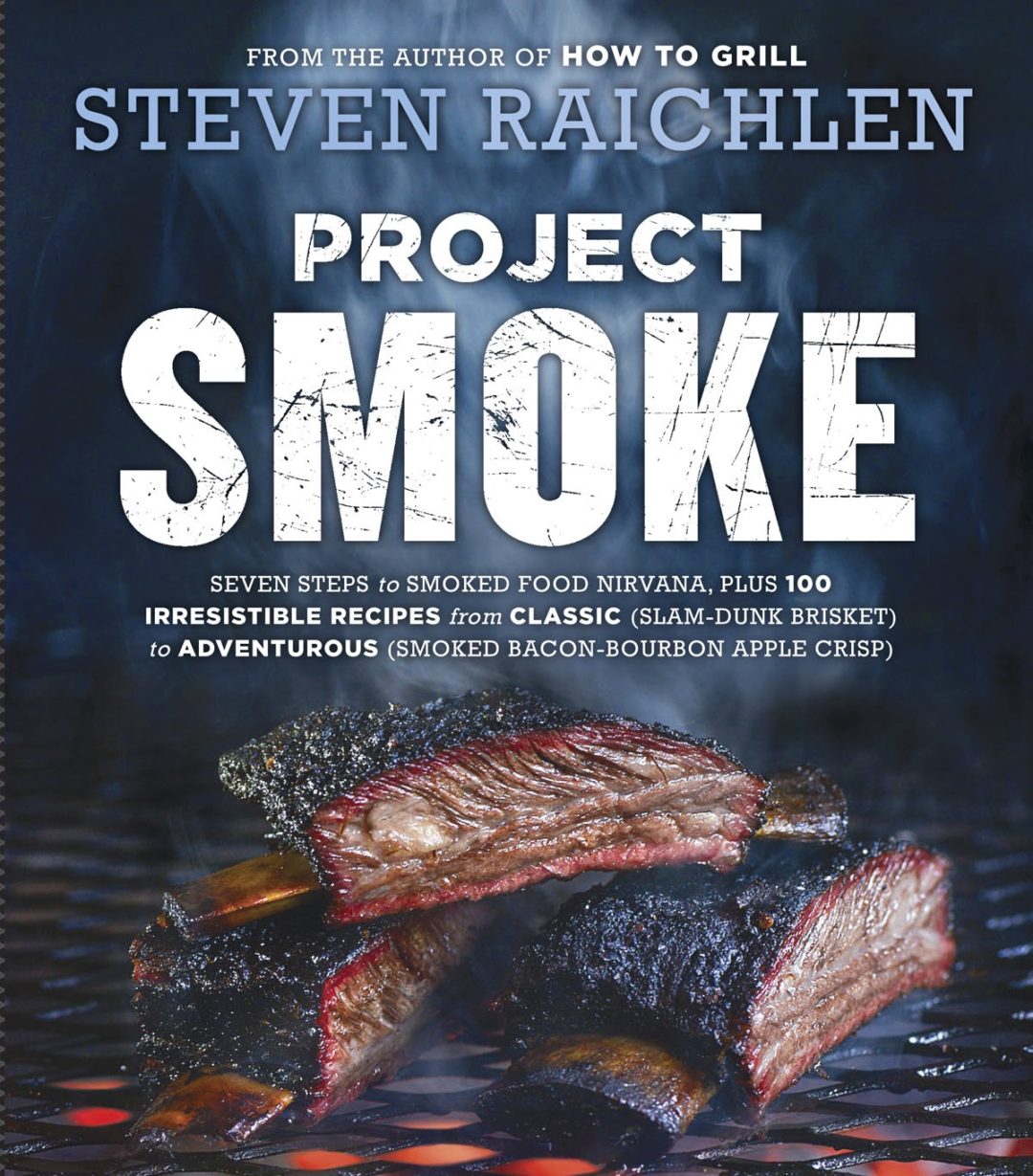
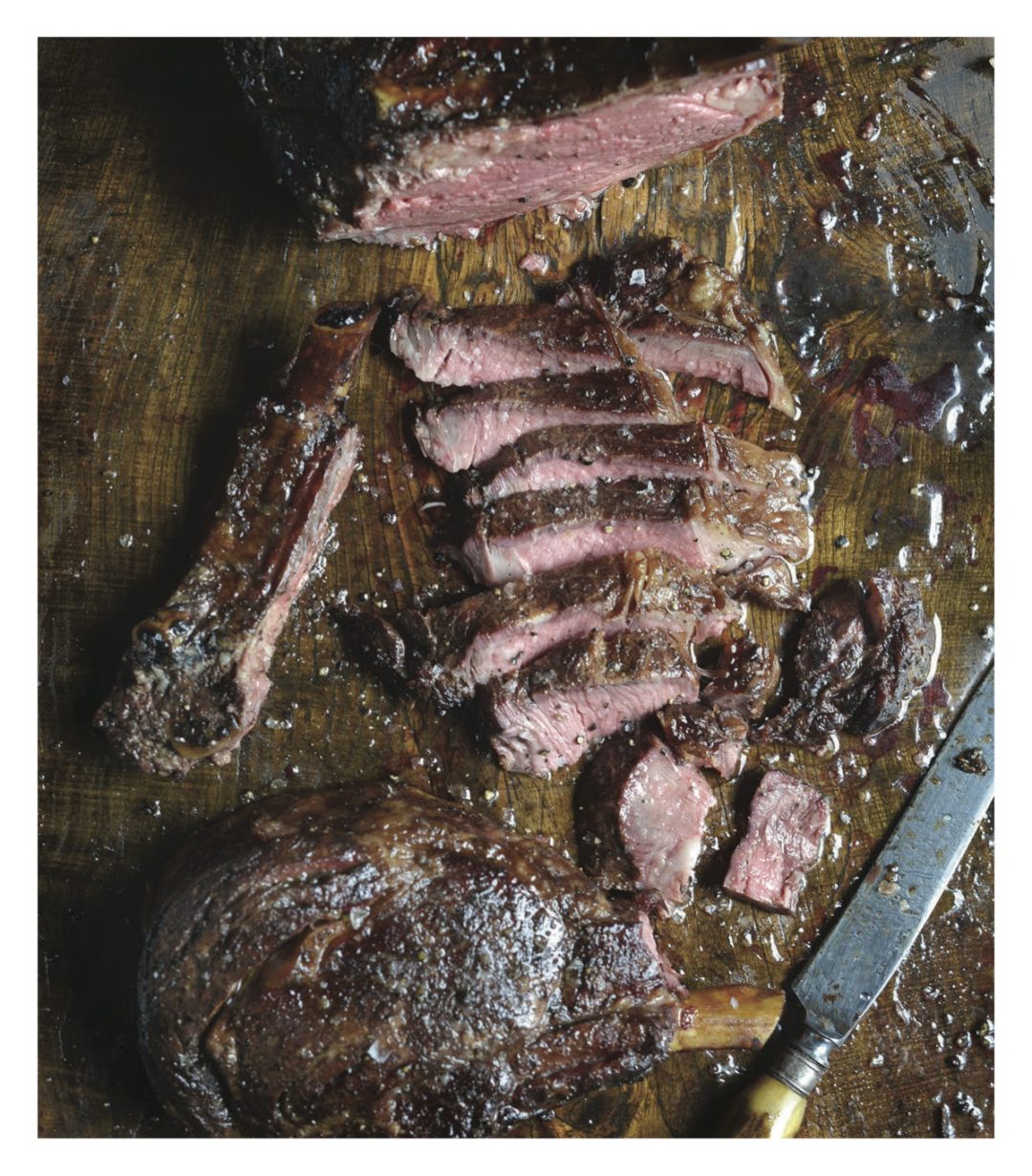
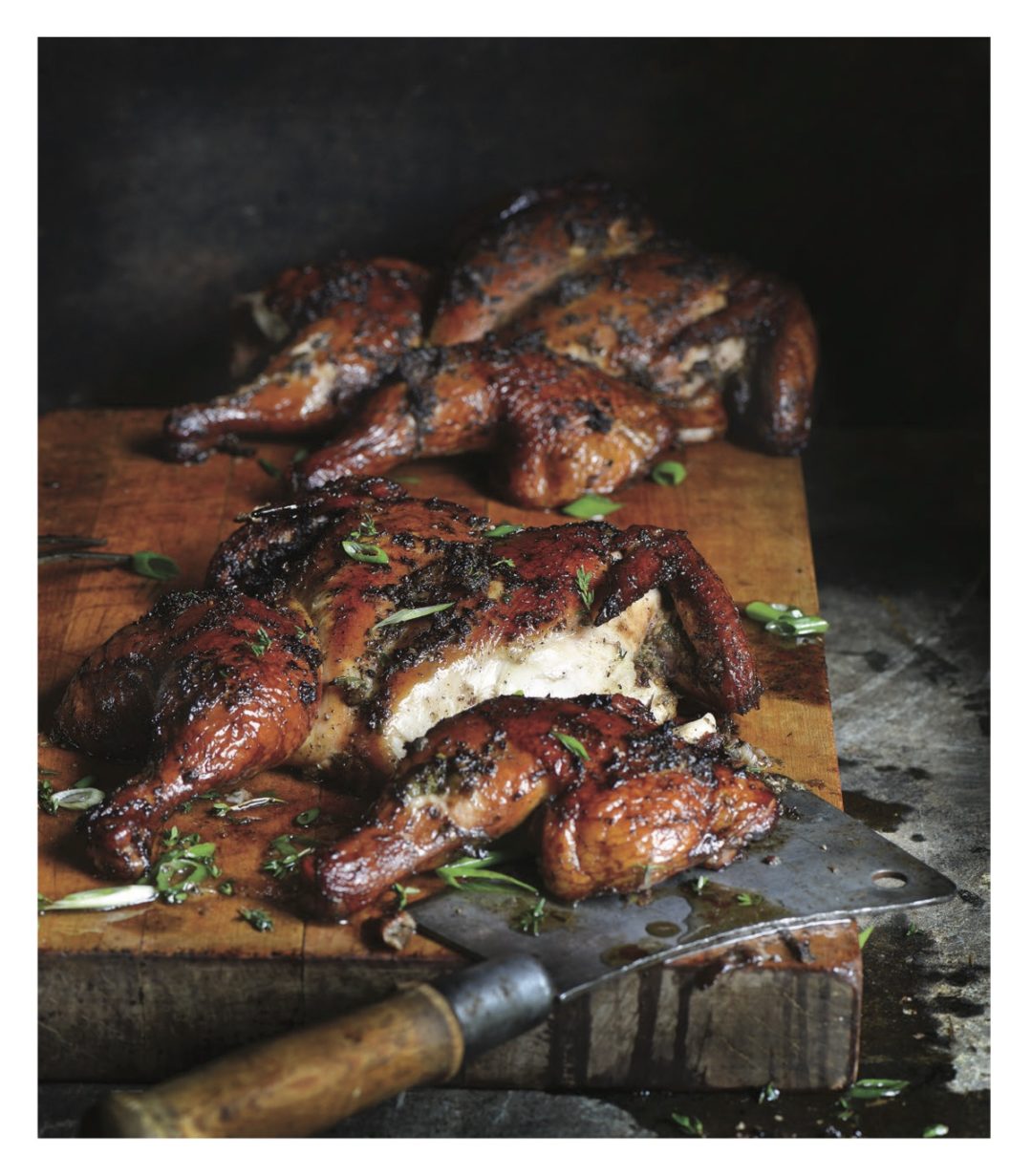



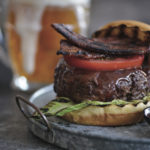
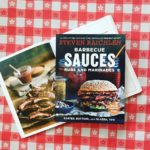
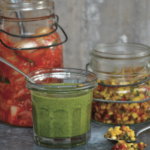
No Comments